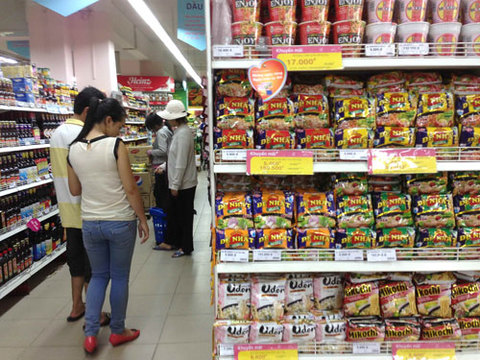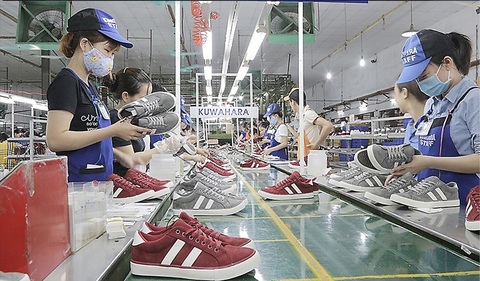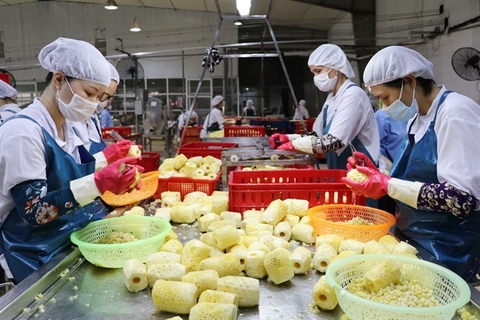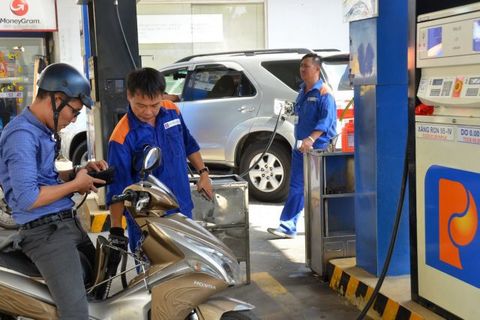Vietnamese oil facing significant hurdles
Vietnamese oil facing significant hurdles
The government is promoting energy self-reliance rapidly as global developments have significantly changed the world’s energy situation, pushing Europe into gas scarcity for this winter.
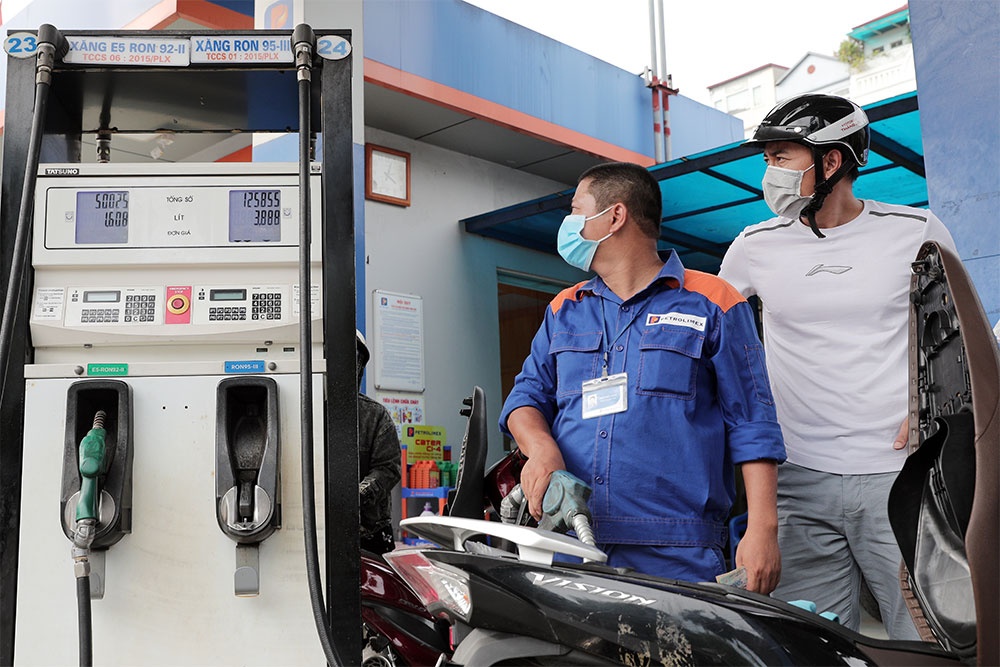
Oil and gas remain important resources in this plan, and stronger cooperation with large corporations could be a suitable solution to change the landscape and take advantage of the high oil prices.
Oil prices last week maintained their gains amid fears of a cooling recession and possible Organization of the Petroleum Exporting Countries (OPEC) production cuts. In the early morning hours of August 27, the price of WTI crude oil on the New York Mercantile Exchange stood at $92.9 7 per barrel, up 45 US cents compared to the previous session. Meanwhile, the price of Brent oil stood at $100.80 per barrel, up $1.46 during the session.
The revenue of Vietnam’s oil and gas group PetroVietnam increased sharply, from $8.5 billion in the first quarter to $20.36 billion in the second quarter of this year.
Oil and gas midstream enterprises, such as Binh Son Refining and Petrochemical JSC (BSR), also benefit from last year’s increased production and have cheap inventories, low selling prices, and export growth. It is expected that BSR will have revenue and profit growth of 30-40 per cent in 2022.
Nevertheless, the fact that OPEC adjusted its forecast for global growth and low oil demand in 2022 remains a real challenge for Vietnamese oil and gas companies. According to OPEC, the world economy is expected to grow only 3.1 per cent in 2022, down from the 3.5 per cent forecast given in May.
OPEC also forecasts that the global oil demand will be around 100 million barrels per day, down from an estimate of 100.3 million in recent months. According to the organisation, some of its members are struggling to meet monthly output quotas.
In Vietnam, oil companies also have to work hard to maintain production output after many years of low production. The Russia-Vietnam joint venture Vietsovpetro, at a meeting last December, agreed on the output target of 2.9 million tonnes of oil and condensate and 65.4 million cubic metres of gas.
Nguyen Quynh Lam, general director of Vietsovpetro, said that the profit of $209.8 million for both sides in the first half of this year came from “high oil prices and efforts to increase production output to more than 1.5 million tonnes.”
After peaking in 2002 with 13.5 million tonnes, Vietsovpetro’s output decreased by one million tonnes per year. In recent years, the output was just over three million tonnes.
According to Hoang Ngoc Trung, deputy general director of PetroVietnam Exploration Production Co., Ltd. (PVEP), many of its main fields have reached the threshold. “In 2021, the output decreased by about 10 per cent compared to 2020, and PVEP reached an output of about 3.8 million tonnes of oil equivalent. In 2020, PVEP’s mining output decreased slightly compared to 2019.”
In July, Vietnamese oil leaders had a meeting to discuss solutions to maintain production output and take advantage of opportunities from high oil prices in the world market. At the end of August, these companies then decided to maintain output levels not lower than 2021, but that is a huge challenge as annual natural output has been falling by 5-8 per cent.
Oil prices have been trading at below $100 per barrel continuously since the beginning of August. Some analysts believe that oil prices could rise again due to the transition from gas to oil, the OPEC+ readiness to cut production again, and a low global spare capacity. An EU embargo on Russian seaborne oil imports later this year is also expected to push oil prices higher.
Thus, oil prices are expected to rise later this year and early next year, if not for a deep recession that reduces global oil demand. Vietnamese oil moguls cited the limited spare capacity of US shale producers and the OPEC+ group as the main factor driving oil prices higher next year, even if global demand grows less than expected.
Le Manh Hung, general director of PetroVietnam at the meeting in August, said, “The market may move into a period of falling oil prices from new developments and unpredictable geopolitical fluctuations.” However, Hung still urged member companies to focus on implementing solutions to ensure the completion of the maximum increase in reserves and exploitation output as the risk of supply disruption remains high.




